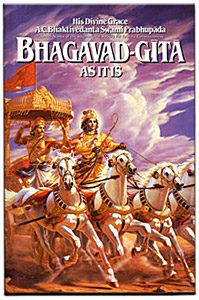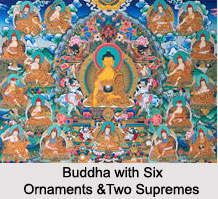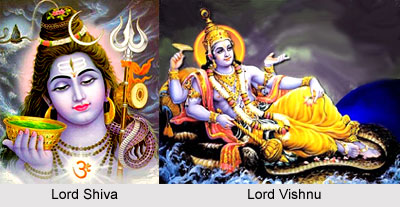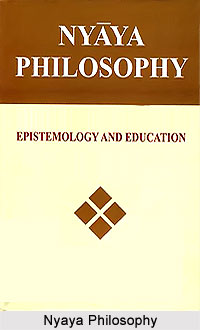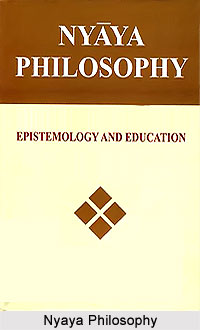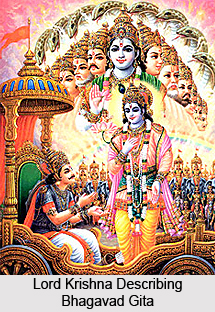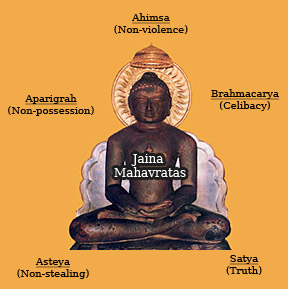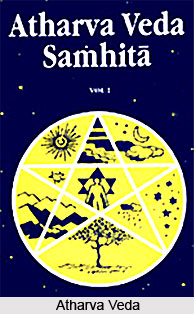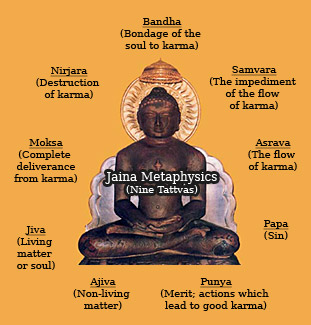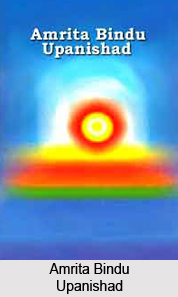 One of the minor Upanishads of Hinduism, the Amrita Bindu Upanishad is one of the 5 Bindu Upanishads, attached to the Atharva Veda, and one of 20 Yoga Upanishads in the 4 Vedas. This ancient Vedic text describes the nature of the mind and the ways in which it becomes attached to material objects.
One of the minor Upanishads of Hinduism, the Amrita Bindu Upanishad is one of the 5 Bindu Upanishads, attached to the Atharva Veda, and one of 20 Yoga Upanishads in the 4 Vedas. This ancient Vedic text describes the nature of the mind and the ways in which it becomes attached to material objects.
The Amrita Bindu Upanishad is notable for condemning the concept of bookish learning and instead emphasizes on practise. The text presents a 6 limbed Yoga system which matches 5 stages of the 8 stage Patanjali"s Yoga Sutras and offers a unique sixth stage.
Nomenclature of Amrita Bindu Upanishad
It is believed that the title Amrita Bindu has 2 different meanings, first is the the esoteric doctrine of a bindu (point) or nada (reverberation) of the word Om which signifies Brahman, while the second meaning is a drop which grants immortality. The word Amrita Bindu Upanishad means the "Immortal Point", which differentiates between the vocal recitation of the Om syllable and its non- vocal practice.
Structure of Amrita Bindu Upanishad
Composed in verse form, the introductory portion of the Amrita Bindu Upanishad consists of 4 verses, followed by 4 sections of which 3 discuss the practice, rules and rewards of yoga. This is followed by a discourse on life force, which is the Prana or breath and ends with a single verse summary. The contents of the text are discussed below elaborately:
Introduction: Like the other 4 Bindu Upanishads, the Amrita Bindu Upanishad also displays a lack of interest and esteem in learning or study of the Vedas. In the initial verses the Upanishad differentiates the mind under pure and impure states, and assigns its character as "bondage and liberation".
Practise of Yoga: Asserting its difference from Patanjali"s Yogasutras, the Amrita Bindu Upanishad states that there are 6 limbs of yoga. These 6 limbs of yoga are the Pratyhara (withdrawal of the senses), Dhyanam (meditation), Pranayama (practise of breath control), Dharana (concentration of the mind), Taraka (introspection), this particular limb is missing from the Yoga Sutra and lastly, Samadhi, which is the communion with and in one`s soul.
Rules of Yoga: In the verse 17 of the Amrita Bindu Upanishad text are the rules and recommendation for yoga practice. It begins by stating that one must pick a proper place for yoga and face north. The yogi should perform breathing exercises, alternating with the 2 nostrils, then in the state of comfort and being pacific, says Om and begin meditating.
Rewards of Yoga: The verse 28 of the text asserts 3 months of dedicated yoga practise, which brings rewards to the body. The verses 30 to 31 describe how meditation and concentration on different "moras" of the Om syllable, the yogi thinks through soul and in soul alone.
Theory of Prana: This section of Amrita Bindu Upanishad presents the Vedanta theory of non-dualism or Advaita. It states that "there is only one Self in all creatures, that one appears many just as the moon appears many when reflected in many droplets", and the toughest connection yet most liberating connection one can make is with one`s own Self or soul, which is difficult because it is concealed by Maya. When one successfully removes this veil, look within, one realizes the Self and its unity with the eternal, indestructible, unchanging truth that is one with the universe.
The Amrita Bindu Upanishad text concludes with a single verse, asserting that one who has realized this knowledge is never reborn again, no matter where he dies.


